Renew Your USEA Membership for the 2023 Season Today LEARN MORE
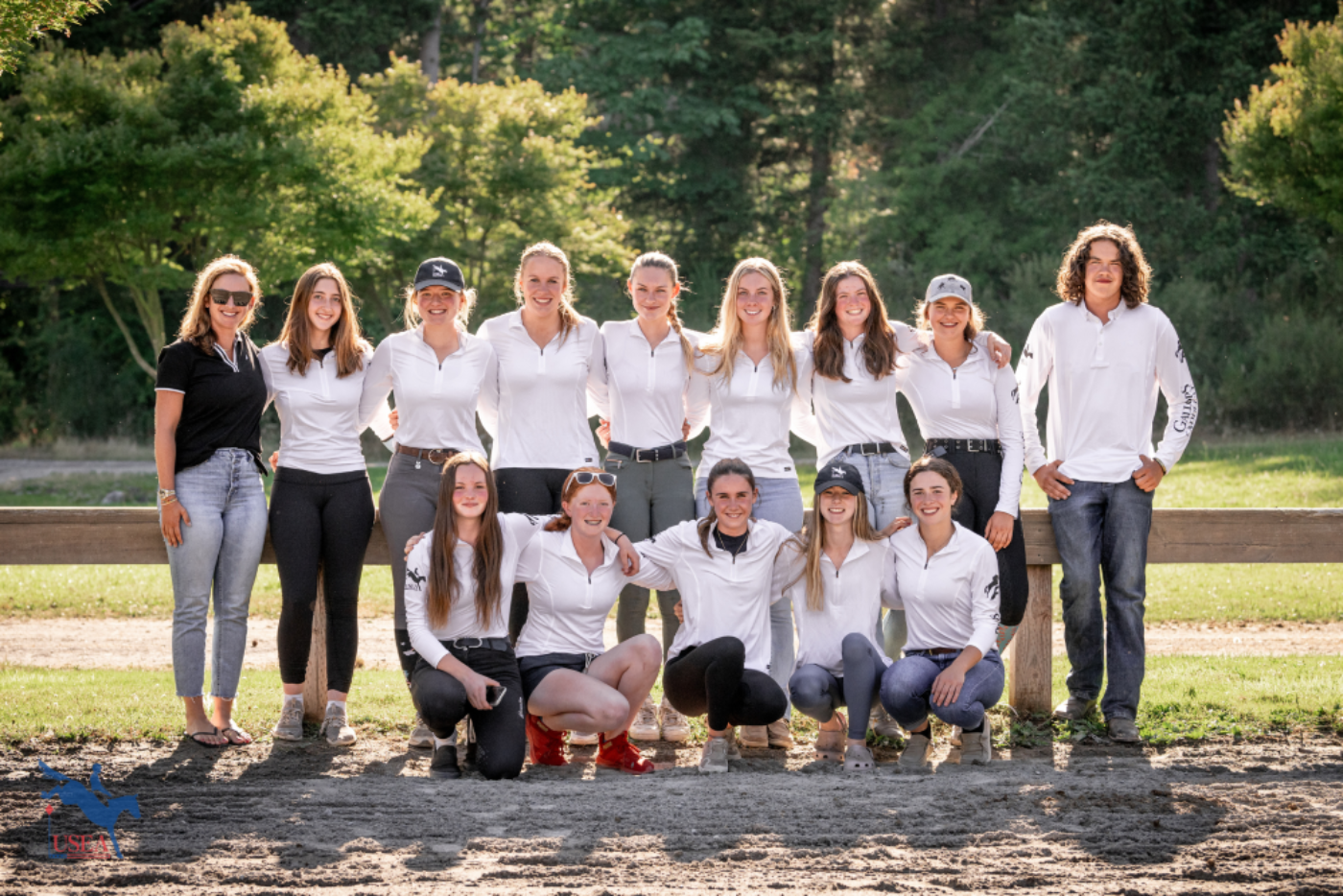
This week, USEA Emerging Athletes U21 (EA21) and ECP Level IV coach, Rebecca Brown of Dallas, Texas, is back on the West coast at Aspen Farms in Yelm, Washington to teach twelve talented Young Riders at the EA21 West II Regional Clinic. Day one started with a dressage lecture from Brown, which focused on the German training scale and the varied uses of each part of the rider's body in communicating with their horse. These themes were then translated into the dressage lessons that followed throughout the morning.
Brown opened by reminding the participants about the purpose of the EA21 program, which serves to identify and provide consistent, quality instruction to the next generation of elite event riders. "We are trying very hard to give you a standardized education," stated Brown. "The goal is that we make the horse that you are riding today better, but we make every single horse that you ride forever better. We give you the tools to have a successful career, whether you want to be a trainer, on a U.S. team or an amateur with two amazing horses. That path will look different for everybody, but this is really about your education as a whole.
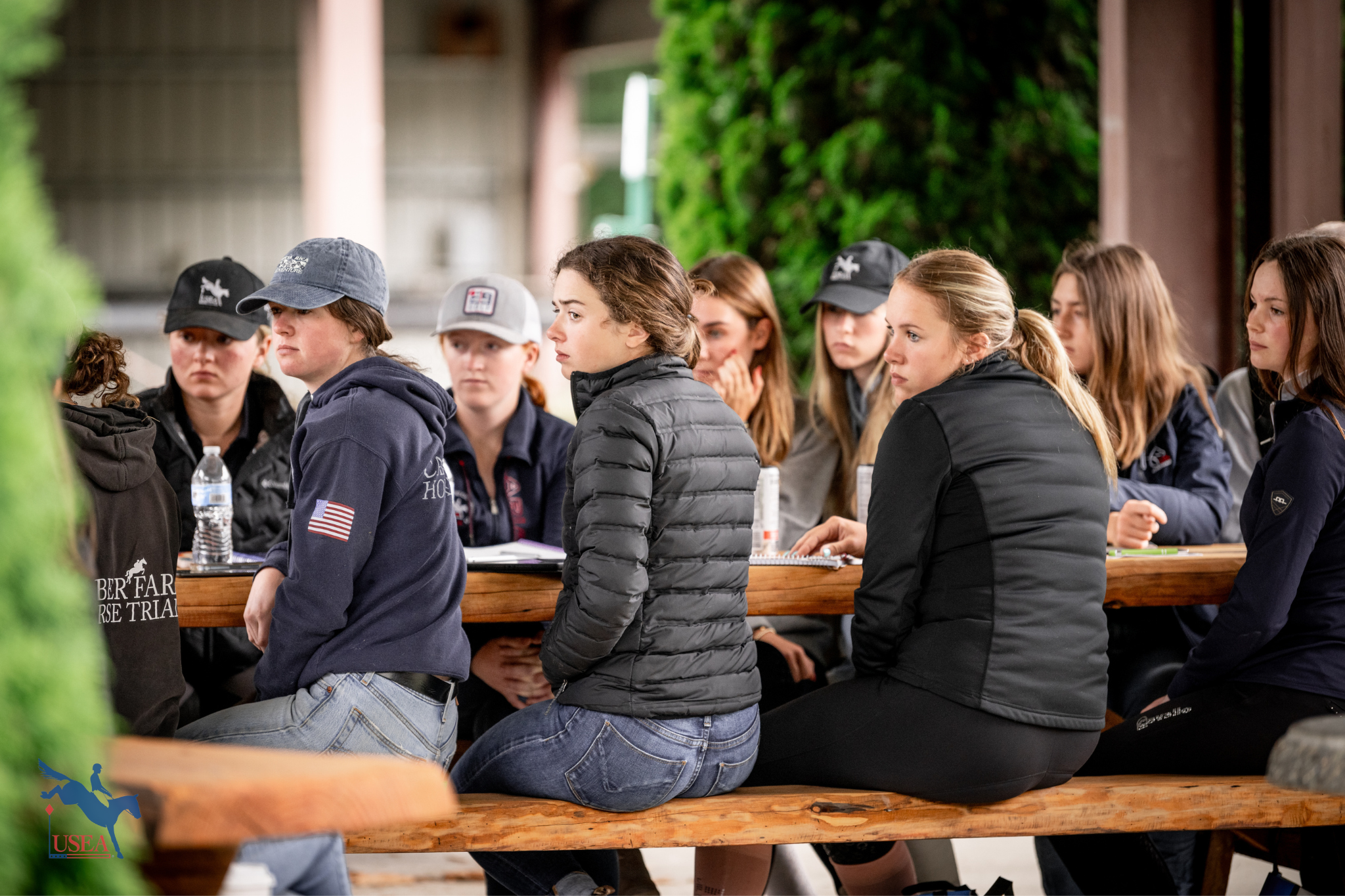
The EA21 program looks at the participants as a whole, focusing on improving them not only as riders but as horsemen, too. The dressage lessons are taught in a group format at the regional clinics to allow the riders to execute the theories themselves and watch examples from their fellow riders. "Some of you guys are auditory learners, some of you are visual learners, and we're going to tap into all of that," explained Brown.
After a brief warm-up, Brown urged the participants in each lesson to think back to the German training scale that was discussed in the morning lecture - rhythm, suppleness, contact, impulsion, straightness and collection - and assess their horse's strengths and weaknesses along the scale. The participants responses were evaluated with Brown's assistance, and then they were empowered to determine an exercise that would help target the weakness that they defined.
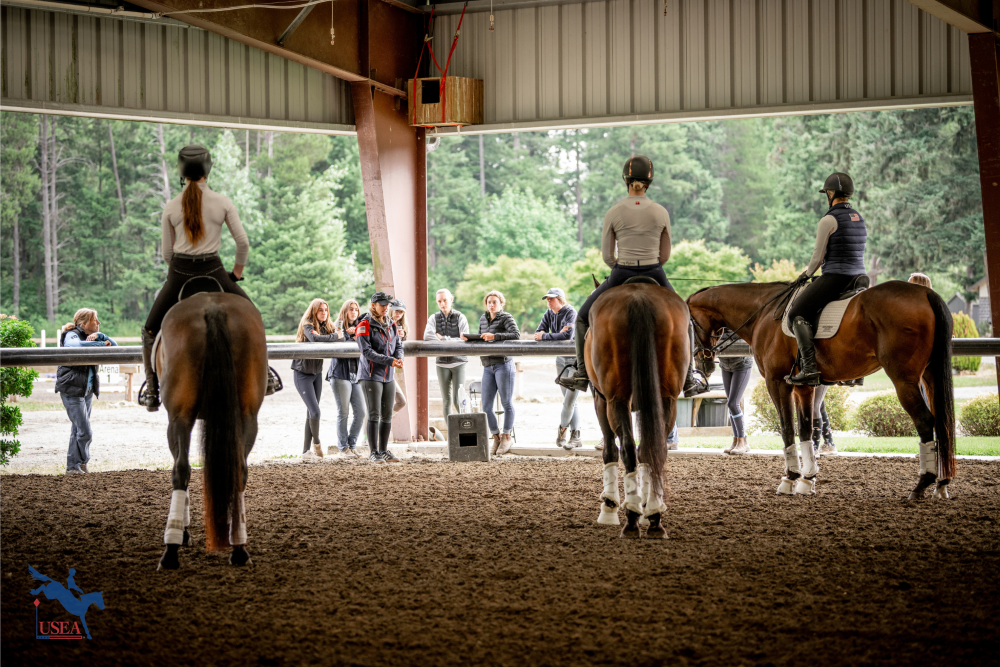
"You're the trainer," Brown emphasized. "What you do with the horse is set in stone. How you do it is the art."
While all EA21 participants are required to be established at the Training level or higher, the horses that this group chose to bring for the clinic varied widely in age and experience, ranging from a 5-year-old that just made the switch from show jumping to eventing to an established 5-star campaigner. The assortment of partnerships resulted in a greater depth of instruction as Brown expertly assessed each participant and provided feedback that was tailored to the horse's current stage in training.
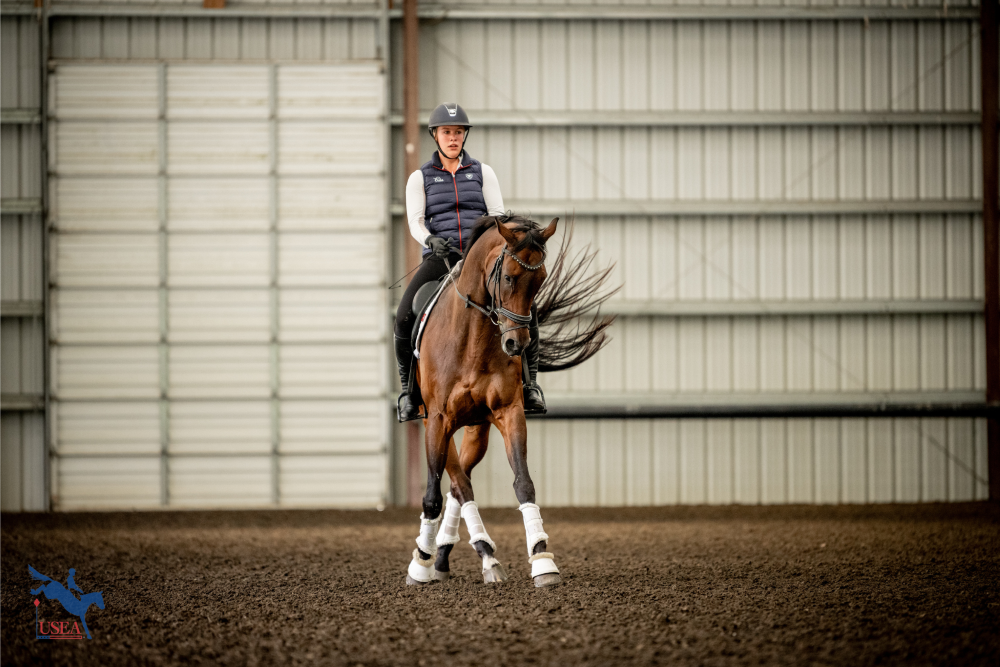
Kayla Dumler, a returning participant who was selected for the EA21 National Camp in the program's inaugural year, rode her horse Faramir, a 13-year-old Thoroughbred gelding who just moved up to the CCI3*-S level, in the first lesson of the day. "I feel like this year is really building on last year," Dumler noted. "We're still getting him stronger. Last year, we worked on packaging him, getting him to sit down, but now we need to bring the forward aspect back in."
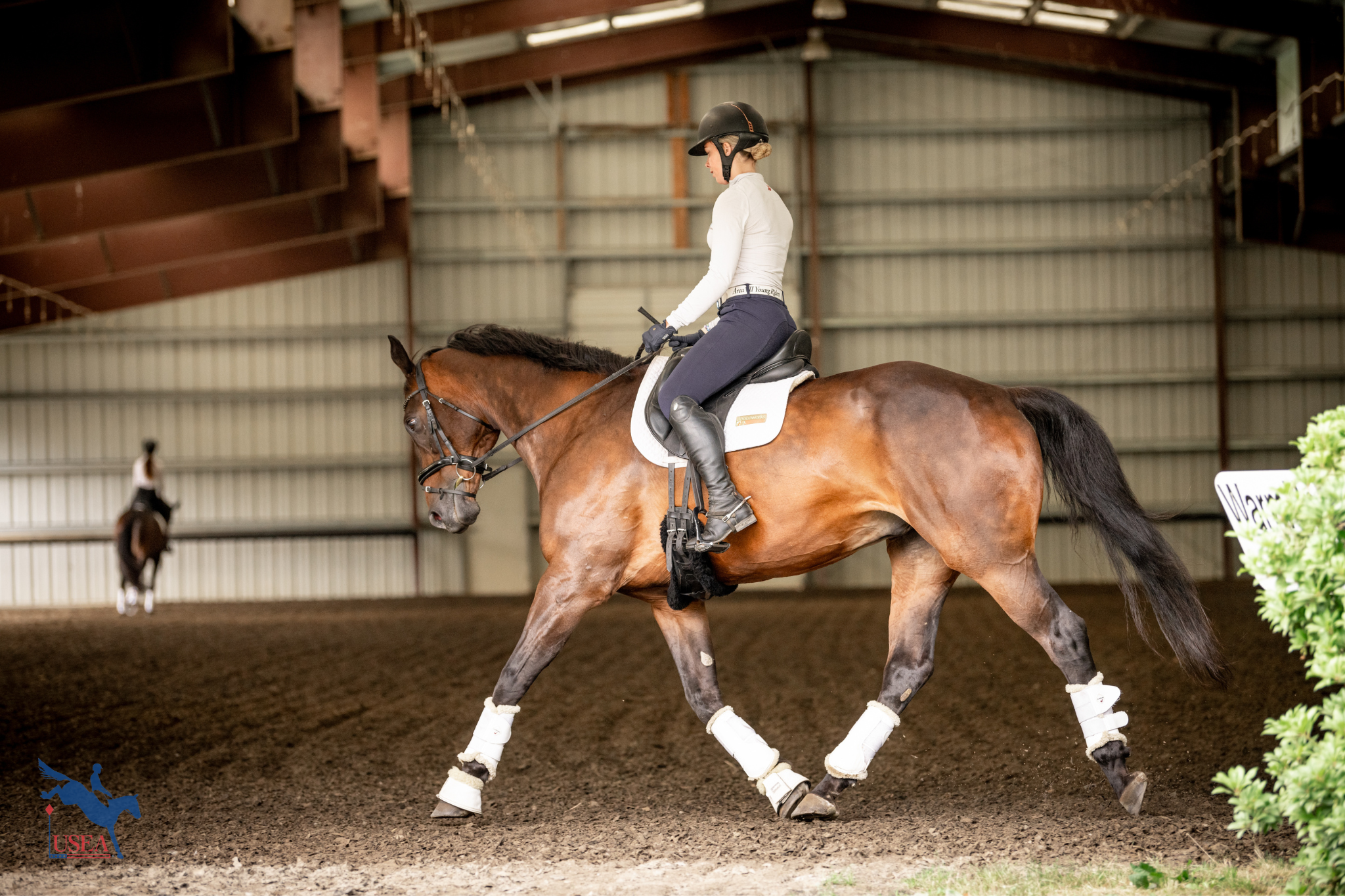
On the other hand, Alexis Larson, a first-time participant of the program, rode a catch-ride horse named Vergano or "Cody", a 12-year-old Oldenburg gelding owned by Lilly and Bianca Linder, after her horse sustained an injury. Larson reflected on the lessons that she planned to take back to her horse once she is healed, stating that "Rebecca made me really think not just about the small details, but the overall picture. For example, Cody is a very steady, supple horse, but she made me think about the bigger picture, like what about specific parts of his body, instead of just what I was doing with my reins."
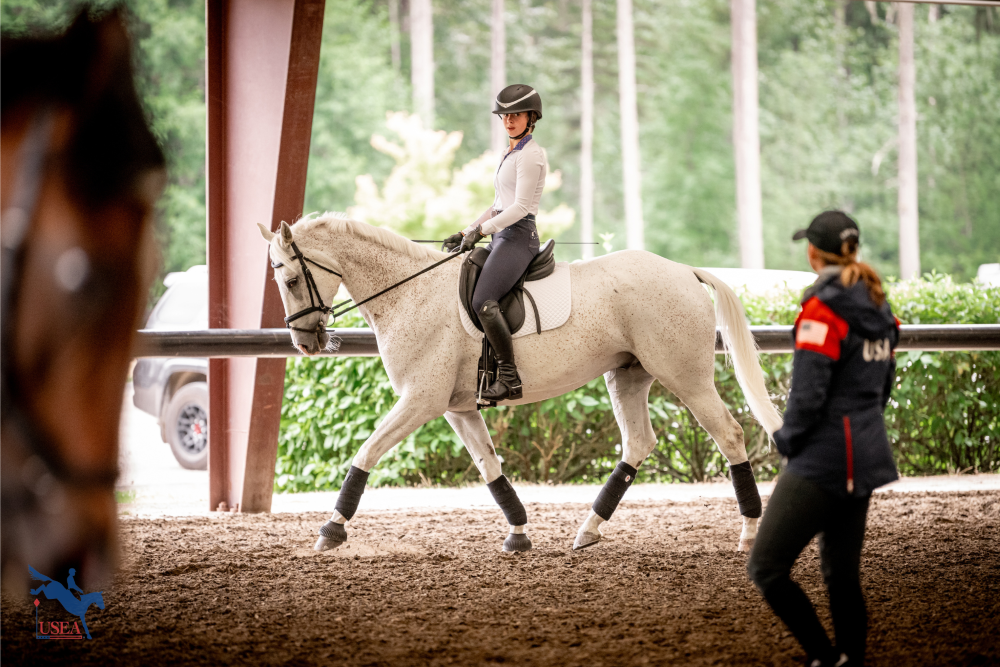
“Rebecca found the simplest way for me to understand and correct what I was doing wrong,” explained EA21 first-timer Alexa Marandas about her ride on her horse “Ronnie,” a 15-year-old Irish Sport Horse-Thoroughbred cross. “It was literally right in front of my eyes, which was his ears, and I was like ‘I could be looking at this the whole time,’ which was great, because I could feel and visually see the correction.”
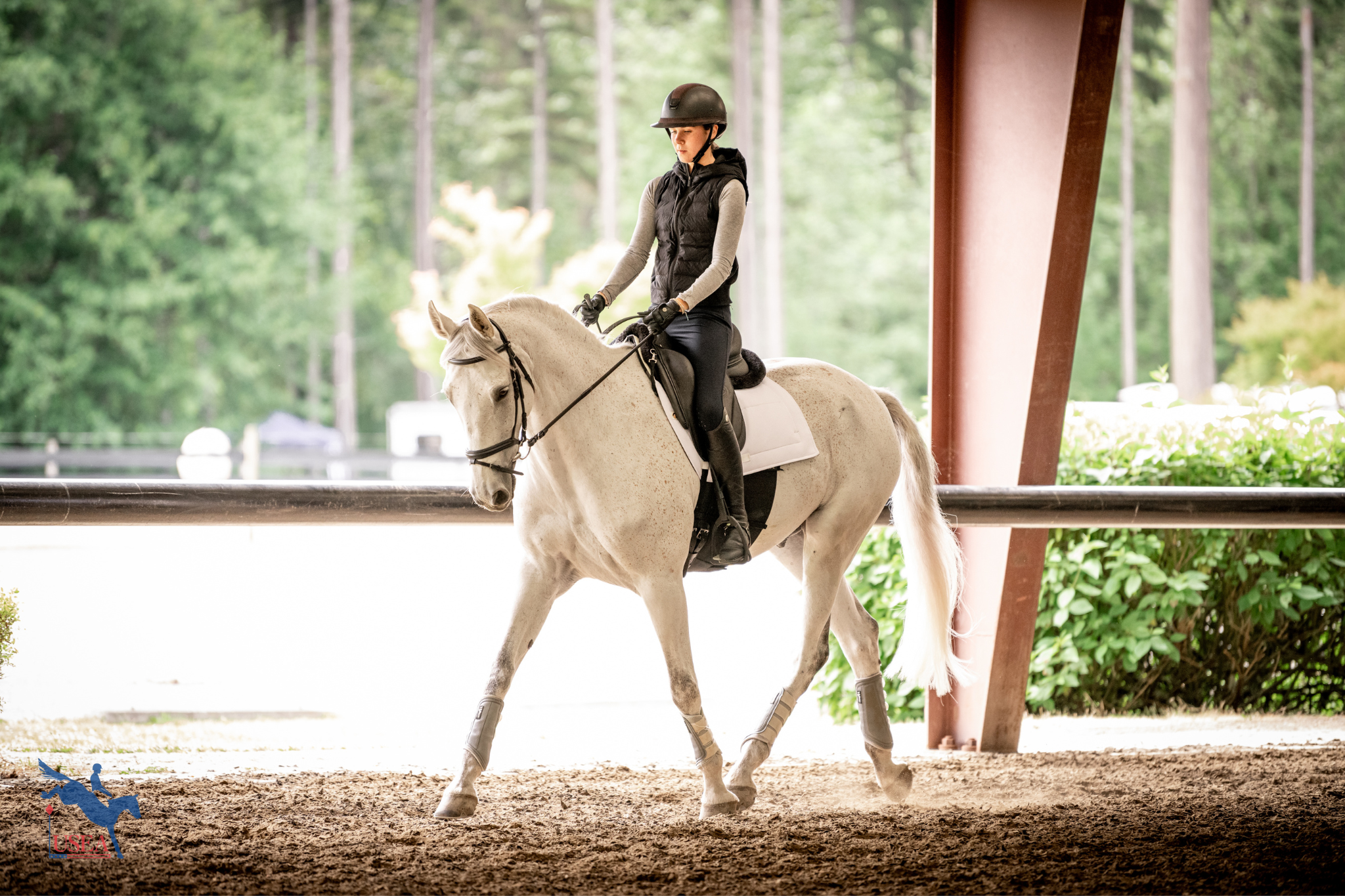
Another return participant, Lizzie Hoff, rode Cooley On Show, Sharon White’s former 5-star partner who is known as “Louie” around the barn. Hoff started leasing Louie just a couple of months ago and plans to move up to Intermediate with the school master at The Event at Rebecca Farm later this month. Hoff is “taking every opportunity I can to have steppingstones” through the EA21 program. “I think I know more what to expect from the program this year. Last year, I think everyone felt that the program was just a selection process, but this year, we’re all ready to take away as much as we can from the [regional clinic] even if we don’t get selected [for national camp].”
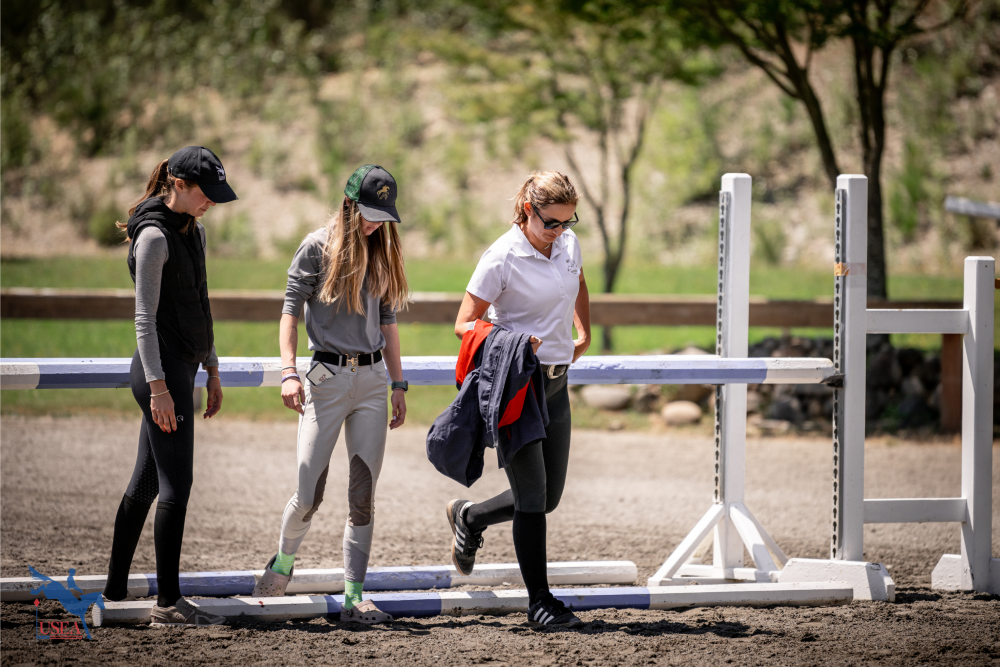
After lessons, the group set their course for tomorrow’s show jumping lessons, then gathered at the barns for a lecture on horsemanship. Brown reviewed a document that was created by Max Corcoran and Emma Ford, coining it a “how-to” on being a professional. The discussion covered everything from safe handling practices to FEI-approved supplements and therapies, and Brown encouraged the participants to take the seven-page document home and treat it as a guide for additional education and research on best practices in caring for their equine counterparts.
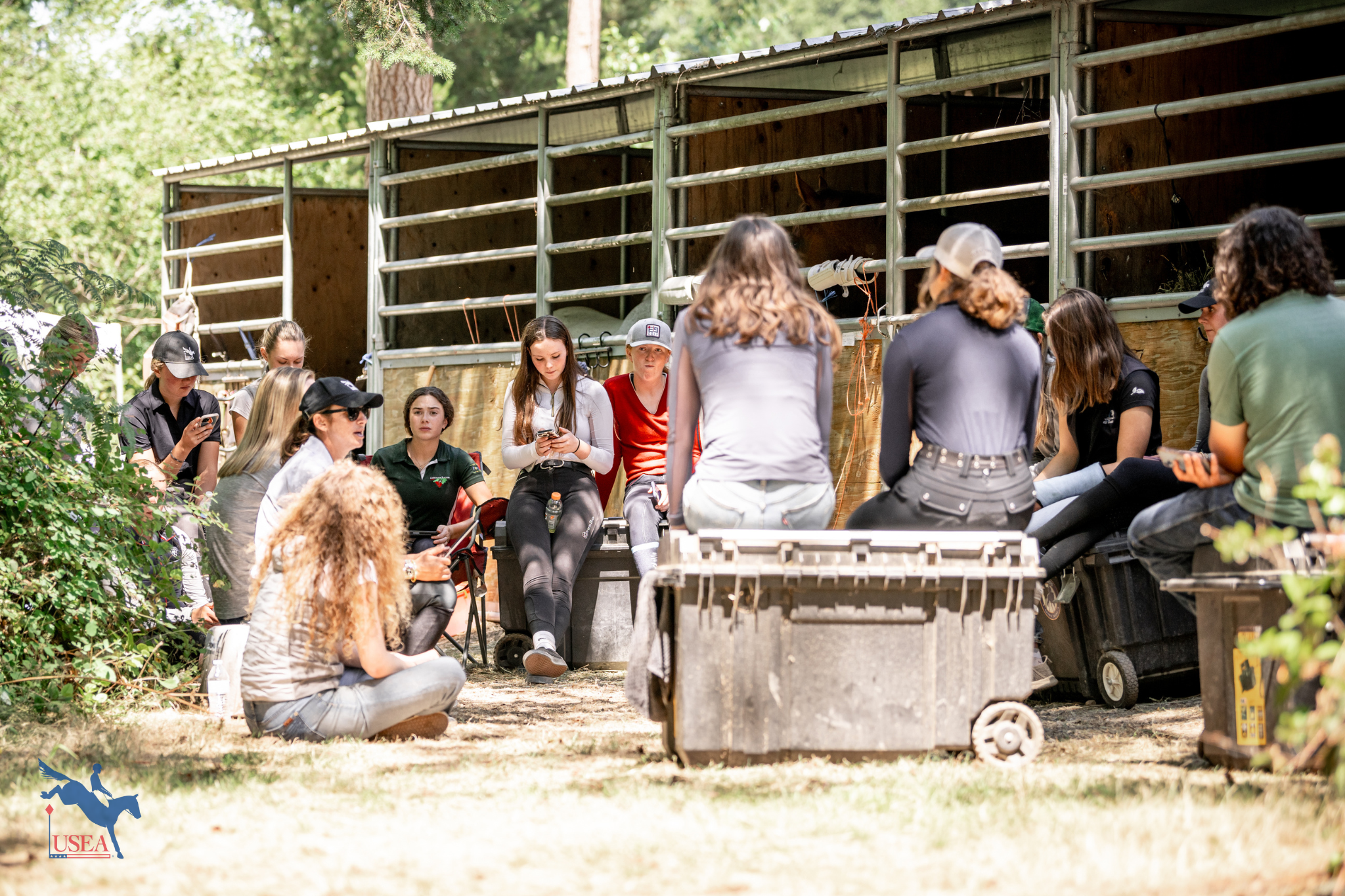
The EA21 clinic at Aspen Farm will resume tomorrow with a show jumping lecture and lessons, translating what was taught on the flat over the fences.
Don't forget to follow the USEA’s coverage on social media!
Facebook | Instagram | Twitter
About the USEA Emerging Athlete U21 Program (EA21)
The purpose of the USEA Emerging Athletes U21 Program (EA21) is to identify and provide consistent quality instruction to the next generation of elite event riders. The aim is to create a pipeline for potential team riders by identifying and developing young talent, improving horsemanship and riding skills, and training and improving skills and consistency.
The USEA Emerging Athletes U21 Program was launched in 2022 with a model of five summertime regional clinics taught by selected USEA Eventing Coaches Program (ECP) instructors, leading to a winter national camp consisting of selected Young Riders from the regional clinics. Athletes who are 21 years or younger, are current members of their USEA Young Rider Area program, and are established at the Training Level or higher, are eligible to apply for the EA21 program. Click here to learn more about the USEA EA21 Program.
The USEA would like to thank Kerrits, Ride iQ, Sidelines Magazine and WeRideTogether for sponsoring the USEA Emerging Athletes U21 Program.